Precision Grower's Guide to Lavender
Proven Techniques for Optimal Yield and Quality
Executive Summary
Lavender farming presents unique opportunities and challenges for commercial growers worldwide. This comprehensive guide synthesizes evidence-based practices from international research to address critical production challenges while optimizing yield and quality. By implementing strategic irrigation management, precise nutrient applications, and integrated pest control strategies, growers can significantly enhance both crop performance and profitability. We focus specifically on solving the most pressing concerns faced by commercial lavender producers across major growing regions.
1 Strategic Water Management for Enhanced Productivity
Optimizing Irrigation in Semi-Arid Climates
Research conducted in Turkey’s semi-arid conditions demonstrates that lavender maintains excellent productivity under moderate deficit irrigation. Implementing a 33% water reduction strategy can preserve fresh yields ranging from 144-227 kg per decare while significantly improving water productivity.
Drip irrigation systems provide the most efficient delivery method, allowing precise water application directly to root zones. This approach reduces evaporation losses and suppresses weed competition between plants.
Water Conservation Techniques
Lavender exhibits remarkable drought tolerance once established, with a yield response factor (ky) of just 0.25. This low sensitivity indicates excellent adaptability to controlled water stress, making it ideal for regions experiencing seasonal water scarcity.
For new plantings, maintain consistent moisture during establishment, then gradually extend irrigation intervals to encourage deep root development. Mature plantings often thrive with minimal supplemental irrigation in Mediterranean climates.
2 Comprehensive Soil Preparation and Nutrition
Initial Soil Preparation
Lavender demands well-drained soil with slightly alkaline pH conditions. Incorporate 2 tons per hectare of properly composted organic matter to improve soil structure and nutrient retention. Our Microbial Bio-organic Fertilizer introduces beneficial microorganisms that enhance soil health and nutrient availability.
Targeted Nutrient Management
Balanced nutrition throughout the growth cycle is essential for optimal production. During vegetative growth, apply NPK Water Soluble Fertilizer (30-10-10) with trace elements to support vigorous plant development.
As flowering approaches, transition to a bloom-enhancing formula with higher phosphorus and potassium content. Our NPK Water Soluble Fertilizer (10-5-45) + TE specifically supports bud formation and essential oil production when applied at key developmental stages.
3 Advanced Weed Control Strategies
Effective Herbicide Applications
Bulgarian research demonstrates that oxadiargyl (Raft 400 SC) applied at 1.2 l/ha provides excellent control of annual and perennial weeds without damaging lavender plants. This treatment showed exceptional crop selectivity and positively impacted fresh weight yield in commercial plantings.
Integrated Weed Management
Combine strategic herbicide applications with cultural practices including proper plant spacing and shallow cultivation. Established lavender plantings typically form dense canopies that naturally suppress weed growth, reducing maintenance requirements over time.
Organic mulch applications provide effective weed suppression while conserving soil moisture. Monitor new plantings regularly during establishment when plants are most vulnerable to weed competition.
4 Preventing Common Fungal Issues
Identifying Mold Problems
White fungal growth on soil surfaces typically indicates excessive moisture conditions. While often harmless saprophytic fungi, these growths signal potentially problematic irrigation practices that could lead to more serious root diseases.
Correcting Moisture Imbalances
Improve soil drainage and allow surfaces to dry between water applications. For container production, consider bottom-watering techniques to maintain surface dryness while providing adequate root zone moisture.
Ensure proper plant spacing and air circulation, particularly in humid growing regions. Lavender prefers airy, well-ventilated environments that reduce humidity around foliage and soil surfaces.
5 Optimizing Plant Establishment and Growth
Propagation Techniques
Lavender propagates effectively through cuttings, division, or seed. Vegetative methods preserve specific cultivar characteristics and provide more uniform field establishment. Our Rooting Type Microbial Inoculant enhances root development during propagation, improving establishment success rates.
Planting Configuration
Commercial plantings typically space plants 0.3-0.5 meters apart in rows, allowing adequate air circulation while maximizing land use efficiency. Proper spacing reduces disease pressure and facilitates mechanical harvesting in larger operations.
6 Harvest Management for Maximum Oil Yield
Determining Optimal Harvest Timing
Flower harvest should commence when approximately 50-70% of buds have opened, typically during morning hours after dew evaporation. This timing captures peak essential oil concentration while minimizing contamination.
Post-Harvest Handling
Fresh lavender requires prompt processing to preserve oil quality. Distillation facilities should be located within reasonable transport distance to minimize quality deterioration between harvest and processing.
For dried product production, implement proper drying conditions with adequate air circulation, low humidity, and darkness to preserve color and fragrance quality.
7 Integrated Pest and Disease Management
Common Pest Issues
Lavender faces relatively few serious pest problems when grown in appropriate conditions. Regular monitoring helps detect issues early before significant damage occurs. Encourage natural predators through habitat diversification around production fields.
Preventative Disease Control
Proper site selection with excellent drainage provides the foundation for disease prevention. Fungal pathogens rarely trouble lavender plants growing in conditions that match their Mediterranean origins.
Our Anti-Replant Microbial Inoculant helps mitigate soil fatigue issues in fields transitioning from previous lavender plantings or related species.
Conclusion
Successful commercial lavender production requires integrating multiple management aspects from strategic water management to precise harvest timing. By implementing these research-backed practices and leveraging specialized fertilizer solutions from Trelfey’s fertilizer wholesale factory, growers can effectively overcome common production challenges while optimizing both yield and quality parameters.
The natural drought tolerance of lavender, combined with strategic nutrient management using tailored NPK fertilizer wholesale products, provides significant opportunities for enhancing water use efficiency and reducing environmental impacts while maintaining profitable production.
If you have any questions that need to be answered, you can always find us through the chat icon in the lower right corner of the page or directly enter Trelfey’s store to view the products.
Of course, you can also check out our other social media (such as Linkedin) to learn more about us.
References
MDPI – Agronomy: Optimizing Lavender Yield and Water Productivity with Deficit Irrigation
AGRIS – FAO: Research effect of application of herbicides raft 400 SC for growing of lavender
Gardeners Corner: Mould on lavender soil discussion
Northern Horticulture: Cultivation and Management of Lavender in Shenyang Area
Agricultural Journal: Research on the Existing Problems and Countermeasures of Lavender Industry Development in Yili Area
The Cool Down: Lavender as companion plant with natural pest repellent properties
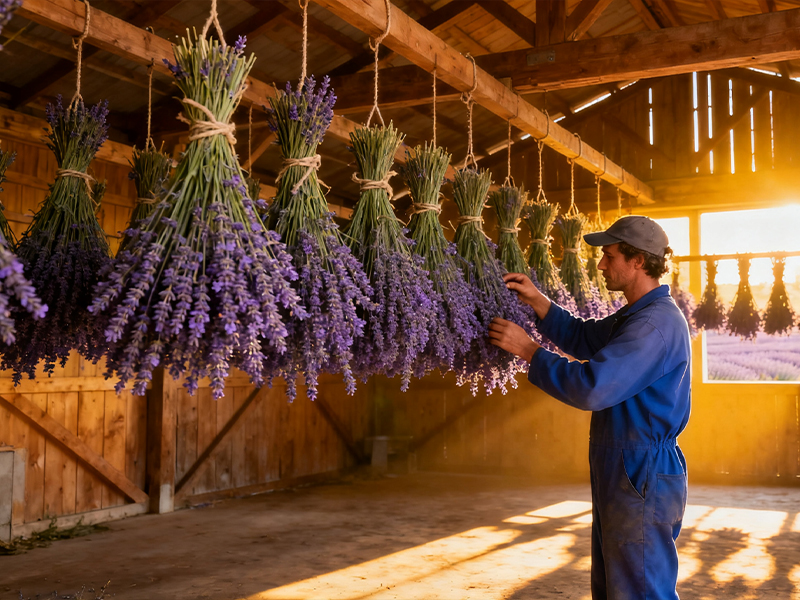
Perfectly dried lavender starts with nutrient-rich soil! 🌿 Our fertilizer ensures even flowering & superior oil retention during curing.
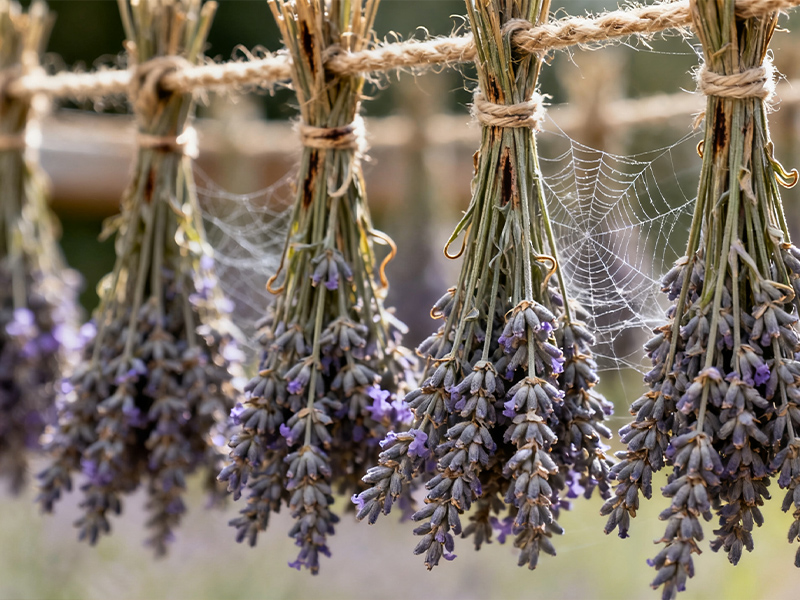
Bountiful harvest, vibrant color! 💜 Strong stems from balanced fertilization withstand drying without scent loss.
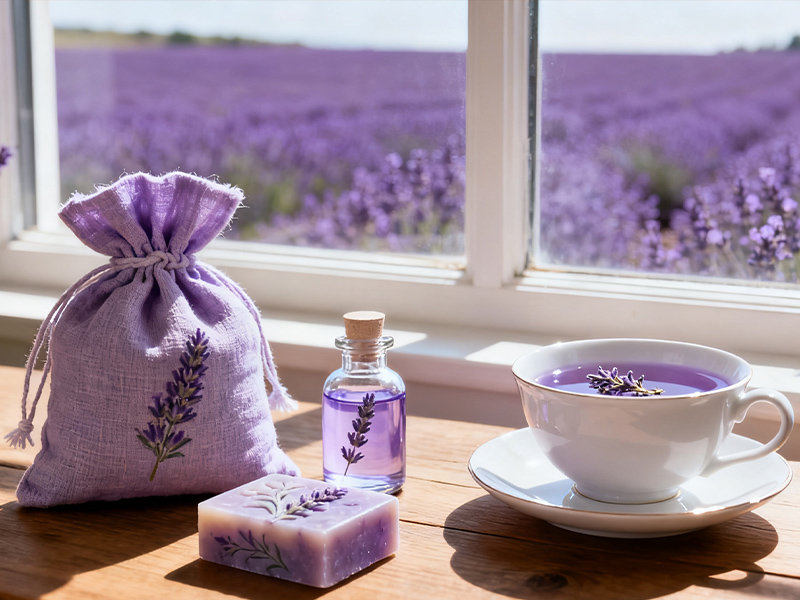
From field to final product ✨ Premium quality sachets/oils begin with science-backed plant nutrition. See the difference?
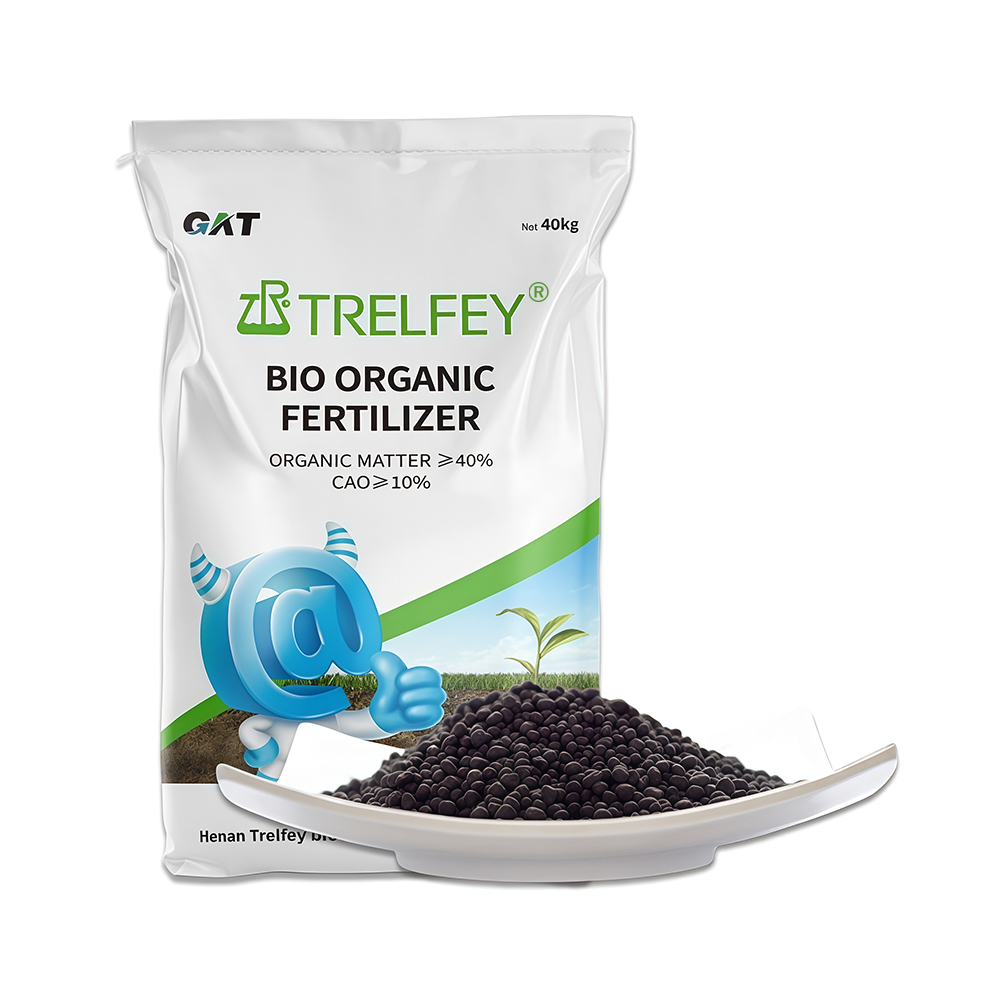
Bio-organic fertilizer
Organic matter ≥40%, CaO≥10%
The number of beneficial live bacteria ≥0.20 billion/g
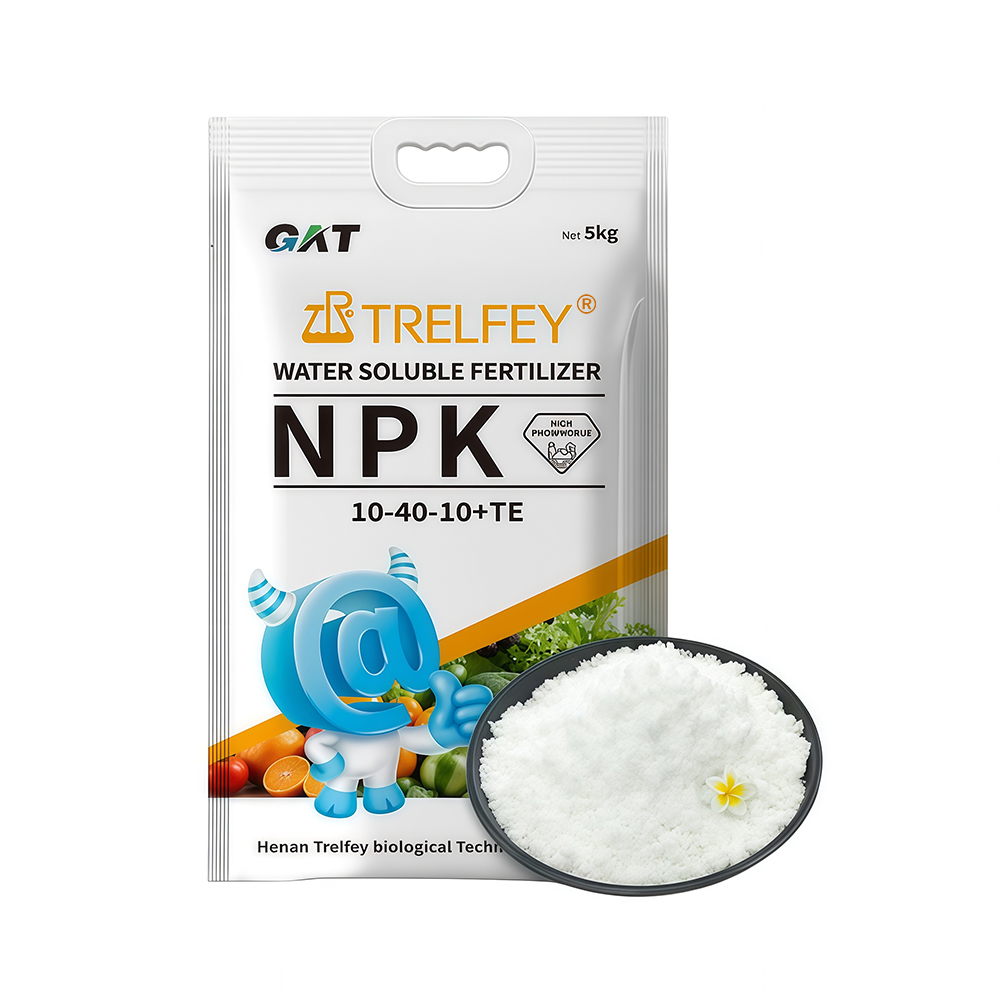
Water soluble fertilizer
Protect the roots and nourish the roots, protect the buds and protect the flowers
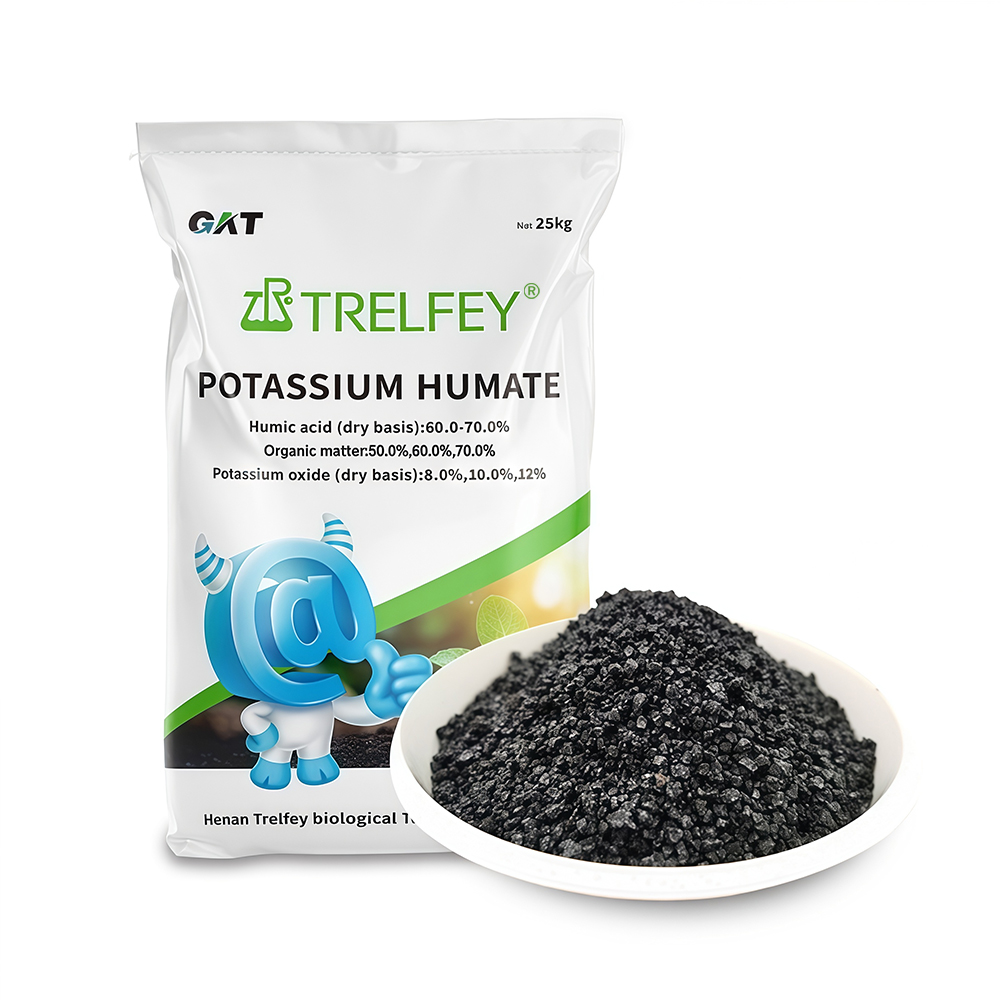
Potassium humate granules
Humic acid (dry base): 60.0-70.0%
Total nutrient (KOO): 8.0%-12.0% (customizable)
